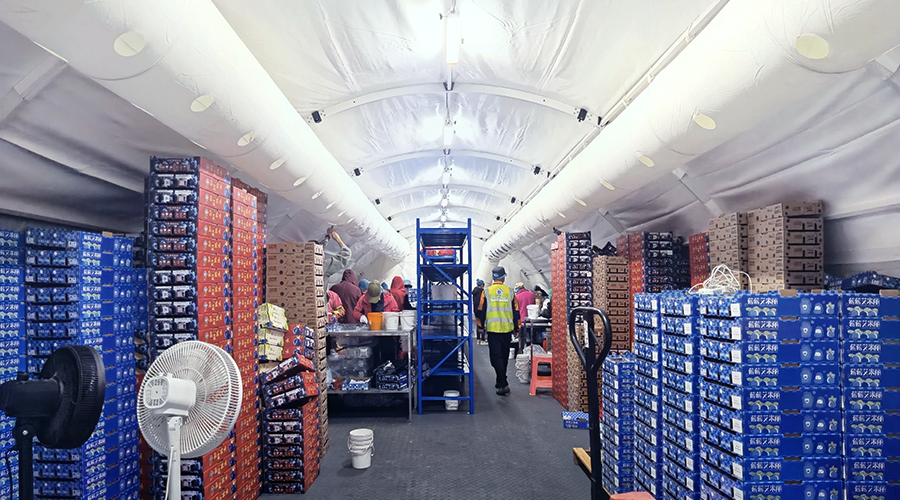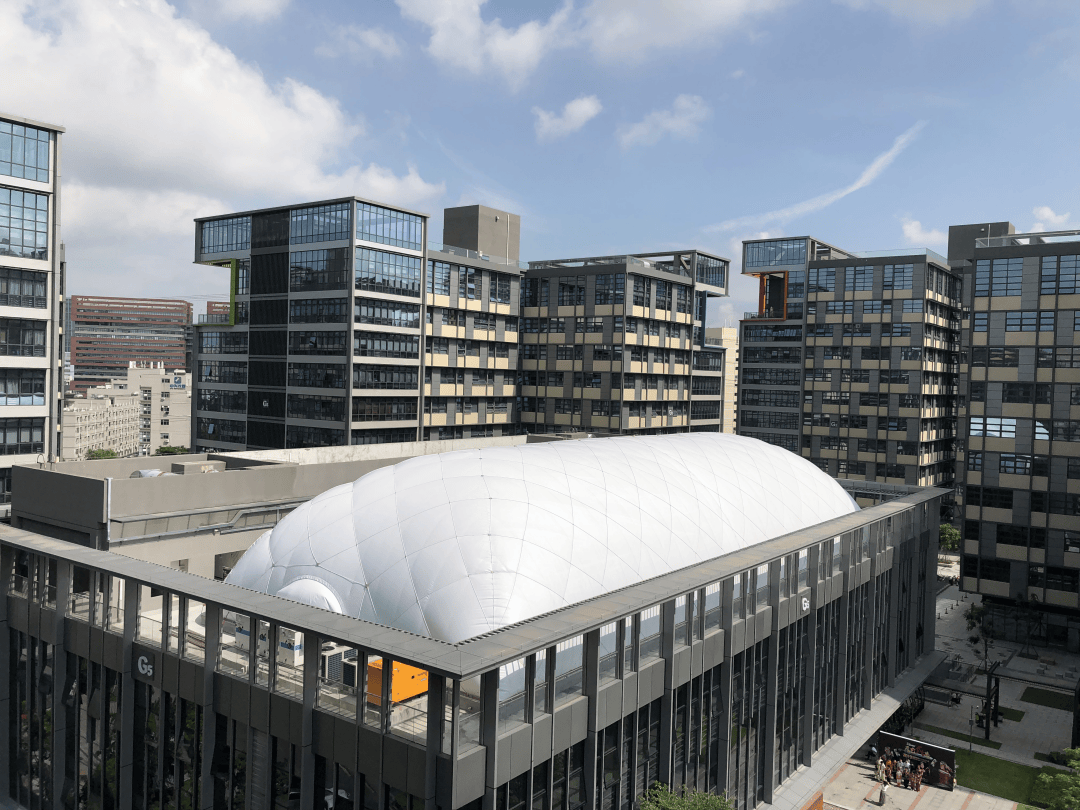News
Site Editor
 Site
/uploads/image/677267645dfcf.png
The logistics and warehousing industry is constantly evolving, seeking innovative solutions to improve efficiency, reduce costs, and adapt to the ever-changing global market. One such innovation that has been gaining traction is the use of inflatable structures. These structures, known for their versatility and adaptability, are proving to be a valuable asset in the world of international logistics and warehousing. In this article, we will explore the advantages of inflatable structures and how they are revolutionizing the industry.
Site
/uploads/image/677267645dfcf.png
The logistics and warehousing industry is constantly evolving, seeking innovative solutions to improve efficiency, reduce costs, and adapt to the ever-changing global market. One such innovation that has been gaining traction is the use of inflatable structures. These structures, known for their versatility and adaptability, are proving to be a valuable asset in the world of international logistics and warehousing. In this article, we will explore the advantages of inflatable structures and how they are revolutionizing the industry.
The Rise of Inflatable Structures: A Game Changer in International Logistics and Warehousing
Views: 1959
Author: Site Editor
Publish Time: 2024-06-20
Origin: Site
The logistics and warehousing industry is constantly evolving, seeking innovative solutions to improve efficiency, reduce costs, and adapt to the ever-changing global market. One such innovation that has been gaining traction is the use of inflatable structures. These structures, known for their versatility and adaptability, are proving to be a valuable asset in the world of international logistics and warehousing. In this article, we will explore the advantages of inflatable structures and how they are revolutionizing the industry.
Efficiency and Speed of Deployment:
One of the most significant advantages of inflatable structures is their speed of deployment. Traditional warehouses and storage facilities can take months to construct, but inflatable structures can be set up in a matter of days, or even hours. This rapid deployment is crucial for industries that require quick responses to market demands or need to scale up operations rapidly. For international logistics, this means being able to adapt to seasonal fluctuations, emergency situations, or sudden increases in demand without the long lead times associated with traditional construction.

Cost-Effectiveness:
Inflation in construction costs is a global issue, and inflatable structures offer a cost-effective alternative. The materials used in these structures are typically less expensive than traditional building materials, and the labor required for their installation is significantly reduced. This translates to substantial savings for businesses, which can be reinvested into other areas of the operation. Moreover, the ease of disassembly and reassembly means that these structures can be relocated as needed, further reducing costs associated with moving or expanding operations.
Environmental Sustainability:
Sustainability is a key concern for businesses operating on an international scale. Inflatable structures are made from materials that are recyclable and have a lower environmental impact compared to traditional construction materials. They also require less energy to heat and cool due to their excellent insulation properties. This not only reduces the carbon footprint of the operation but also contributes to cost savings on energy bills. For companies committed to green logistics, inflatable structures are an eco-friendly choice that aligns with their sustainability goals.
Customizability and Flexibility:
The customizability of inflatable structures is another advantage that cannot be overstated. These structures can be designed to fit specific requirements, whether it's the size, shape, or layout of the storage space. This flexibility allows businesses to optimize their storage solutions to better suit their unique needs. Additionally, the modular nature of these structures means that they can be expanded or reduced in size as the business grows or contracts, ensuring that the warehouse space remains optimal for operations.
Safety and Durability:
Safety is paramount in any industry, and inflatable structures are designed with this in mind. They are made from durable materials that can withstand harsh weather conditions and heavy use, ensuring the protection of stored goods. The structures are also easy to maintain and clean, reducing the risk of contamination and damage to stored items. For international logistics, where goods may be exposed to a variety of climates and conditions during transit, the durability and safety of inflatable warehouses provide peace of mind.
Inflatable structures are redefining the logistics and warehousing landscape with their unique blend of efficiency, cost-effectiveness, sustainability, customizability, and safety. As the world becomes more interconnected and the demand for faster, more flexible, and greener solutions grows, these structures are set to play an increasingly important role in the international logistics and warehousing industry. Embracing this innovation is not just a smart business move; it's also a step towards a more sustainable and efficient future.









